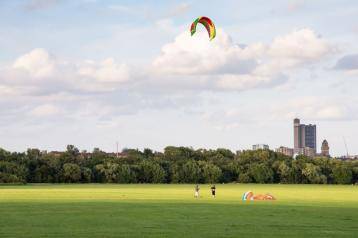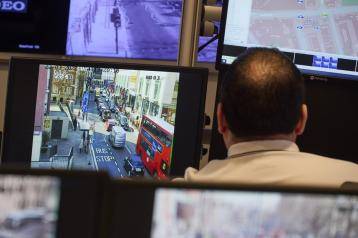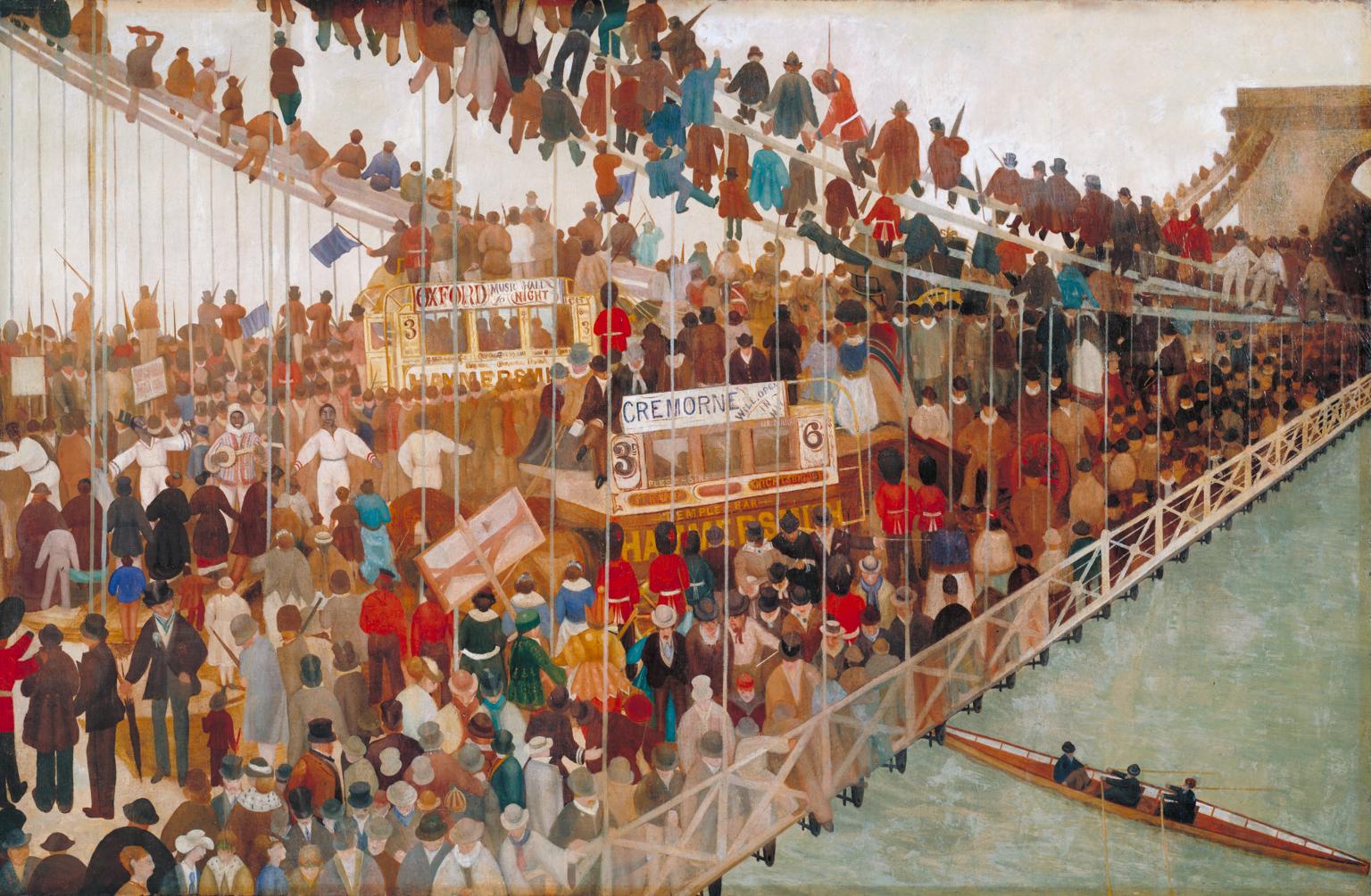
Hammersmith Bridge on Boat-race Day painting by Walter Greaves, oil paint on canvas,1862. PICTURE: TATE
The Boat Race, due to be held on the last Sunday of March, has been cancelled – the first time such a step has been taken since the Second World War.
The decision was made on Monday night, with race chairman Robert Gillespie citing “the unprecedented situation our country and each of us as individuals faces”.
The men's race has been an annual fixture on the Thames since 1856, only interrupted for the First and Second World Wars.
“The public good far outweighs all other considerations,” said Mr Gillespie, adding that his thoughts were with the athletes who had worked so hard to get ready for the big day, Sunday 29 March.
“Cancellation is therefore clearly the correct decision, but it is not without sad consequence. We realise this news will disappoint all those who look forward to it each year – whether watching on the riverbanks, on TV or online."
Every year up to 270,000 people gather on the banks of the Thames to watch, with Hammersmith Bridge – at the approximate midpoint – a traditional viewing platform.
The decision had already been made to block access to the bridge on Boat Race day for safety reasons, while the major work to secure the Victorian structure’s long-term future continues.
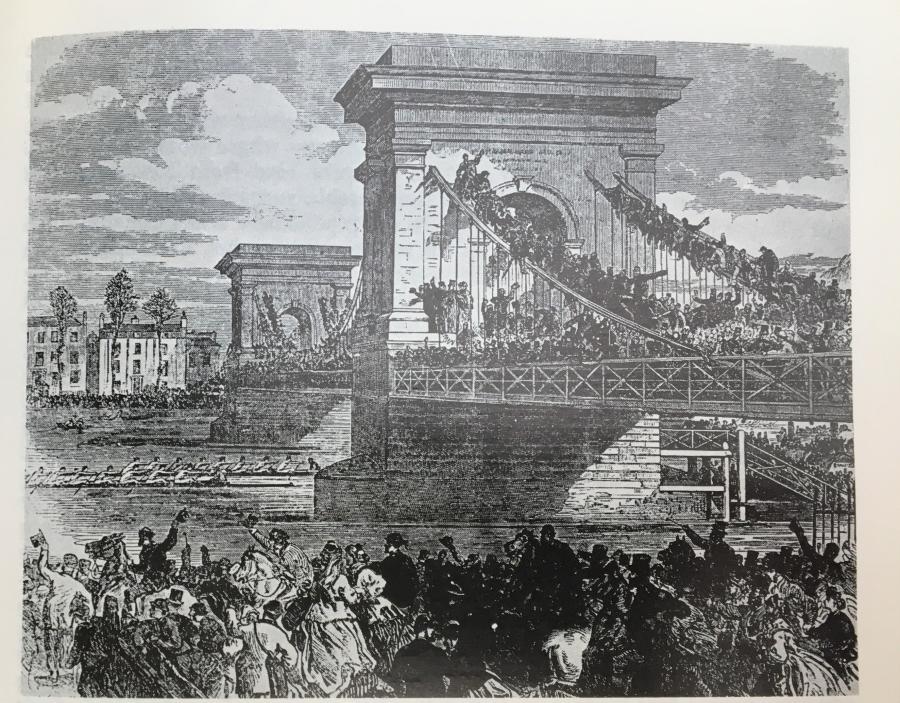
Hammersmith Bridge and race
Last year’s Boat Race took place three days before the bridge was sealed off to traffic following the discovery of micro-fractures and corrosion at the points where the suspension chains are held in place.
The history of the bridge and Boat Race are intertwined. The earlier version of the suspension bridge opened in 1827, nine years before the first Oxford v Cambridge race on the Thames in 1836, although it wasn’t until 1856 that the annual rhythm was established.
The bridge has been a significant marker before the halfway point of the race, with coxes traditionally aiming for the second lamppost from the left, where the water is deepest and the river fastest, before beginning the long left-hand turn.
A famous oil painting in the Tate by Walter Greaves (then a lad of 16) shows the old bridge covered in spectators, with chains occupied by precariously placed revellers, for the race of 1862... some sitting astride the suspension cables, others side-saddle. Every inch of the bridge is covered by onlookers, stallholders, soldiers, bobbies and entertainers in a vivid, colourful and chaotic scene.
By 1874, safety fears led the authorities to fit 100 ‘spiked bracelets’ to the suspension rods, to stop people climbing them.
In 1888, when the new bridge witnessed its first Boat Race, the authorities decided to act decisively to protect public safety. The bridge was closed two hours before the race, and was not reopened until the boats had disappeared in the distance.
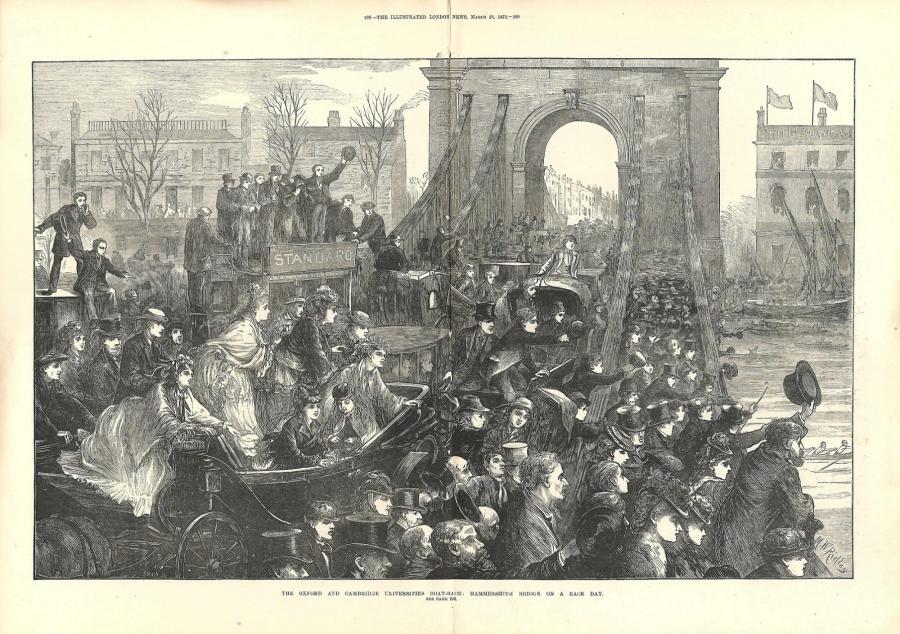
Want to read more news stories like this? Subscribe to our weekly e-news bulletin.
By sending us a comment, you are agreeing to our publishing policy.

